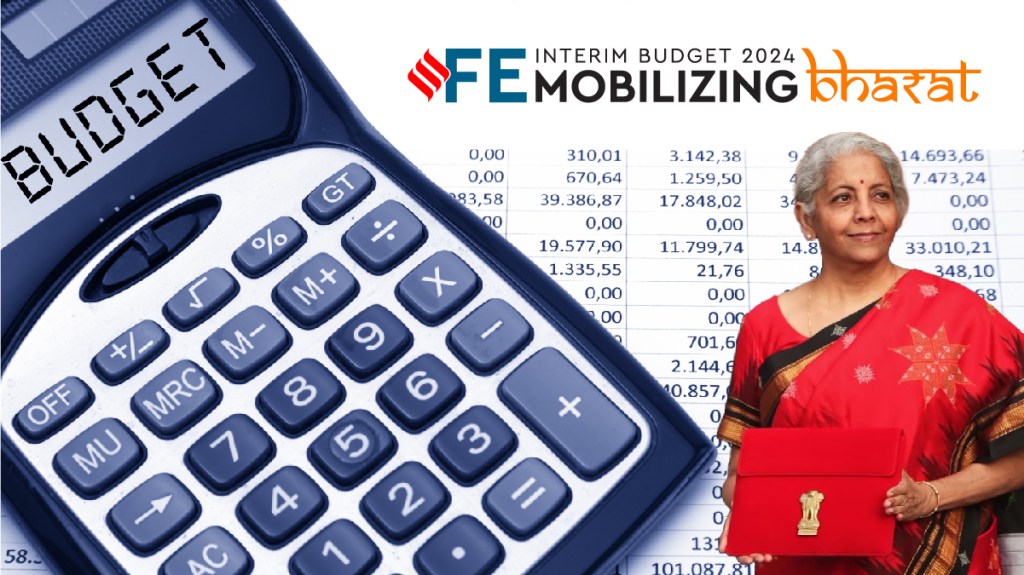The government has been implementing significant revisions aimed at encouraging taxpayers to embrace the new tax regime. Which was introduced in the Union Budget 2020. While the new tax regime offered concessional tax rates, it restricted taxpayers from claiming several exemptions and deductions such as HRA, LTA, 80C, and 80D.
Here’s a look at key amendments
The central government increased the tax rebate threshold to Rs 7 lakhs from the previous Rs 5 lakhs under the old tax regime. Consequently, individuals with incomes up to Rs 7 lakhs are exempt from paying any taxes under the new tax regime.
Streamlined Tax slabs
In the 2023 Budget amendments, the tax exemption limit was increased to Rs 3 lakhs, accompanied by revised tax slabs.
Income up to Rs 3,00,000: Nil
Income from Rs 3,00,001 to Rs 6,00,000: 5%
Income from Rs 6,00,001 to Rs 9,00,000: 10%
Income from Rs 9,00,001 to Rs 12,00,000: 15%
Income from Rs 12,00,001 to Rs 15,00,000: 20%
Income above Rs 15,00,001: 30%
Old Tax regime overview
Before the new tax regime, taxpayers operating under the old regime were provided access to over 70 exemptions and deductions, including Home Rent Allowance (HRA) and Leave Travel Allowance (LTA). These deductions effectively reduced taxable income and lowered tax liabilities.
Notably, Section 80C stood out as one of the most popular and generous deductions, allowing for a reduction of taxable income up to Rs. 1.5 lakh.
Income Tax Slabs 2023-24 (Old Regime)
Up to Rs 250,000: Nil
Rs 250,001 to Rs 500,000: 5%
Rs 500,001 to Rs 1,000,000: 20%
Above Rs 1,000,000: 30%
Additional Considerations for Old Tax regime
For resident individuals aged above 60 years (senior citizens), the basic exemption limit stands at Rs 300,000. Similarly, for super senior citizens (above 80 years), the basic exemption limit is Rs 500,000.


